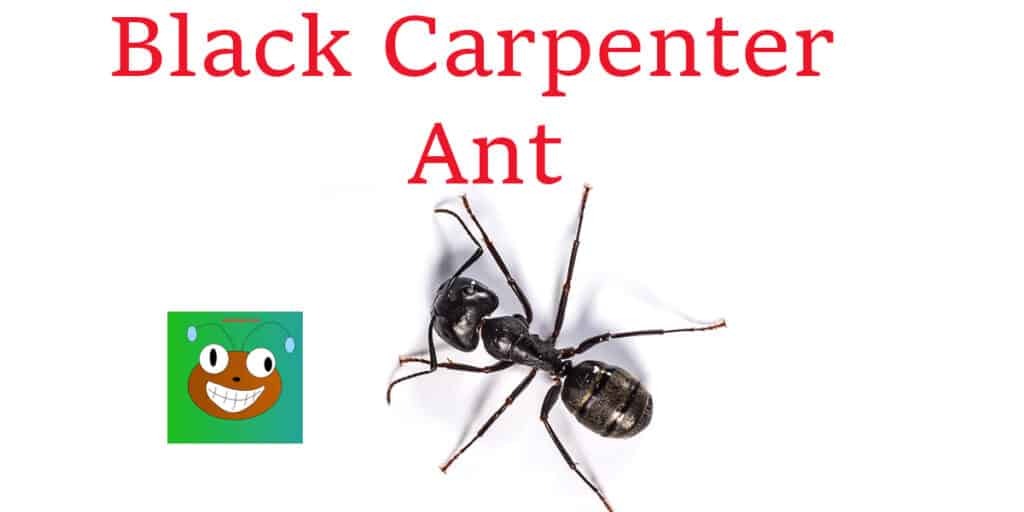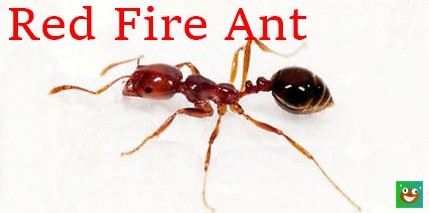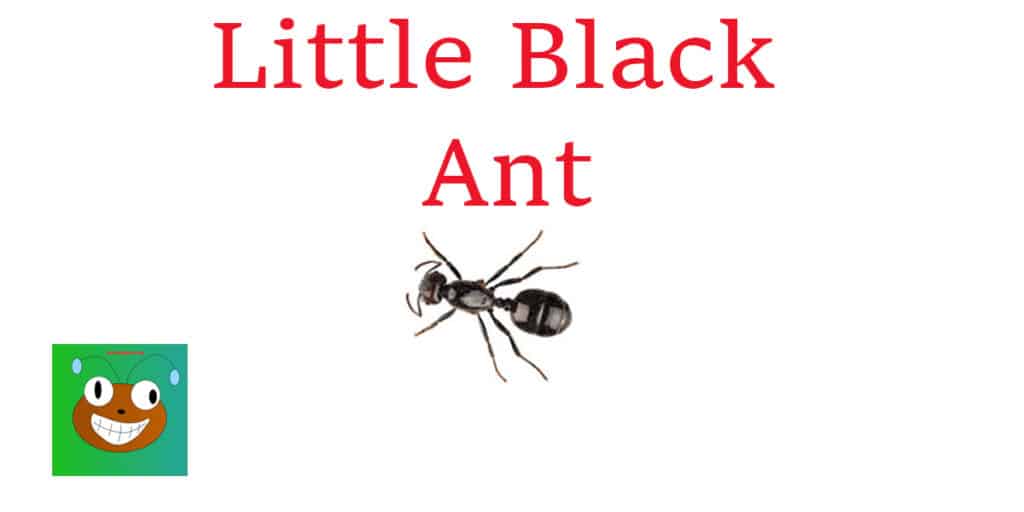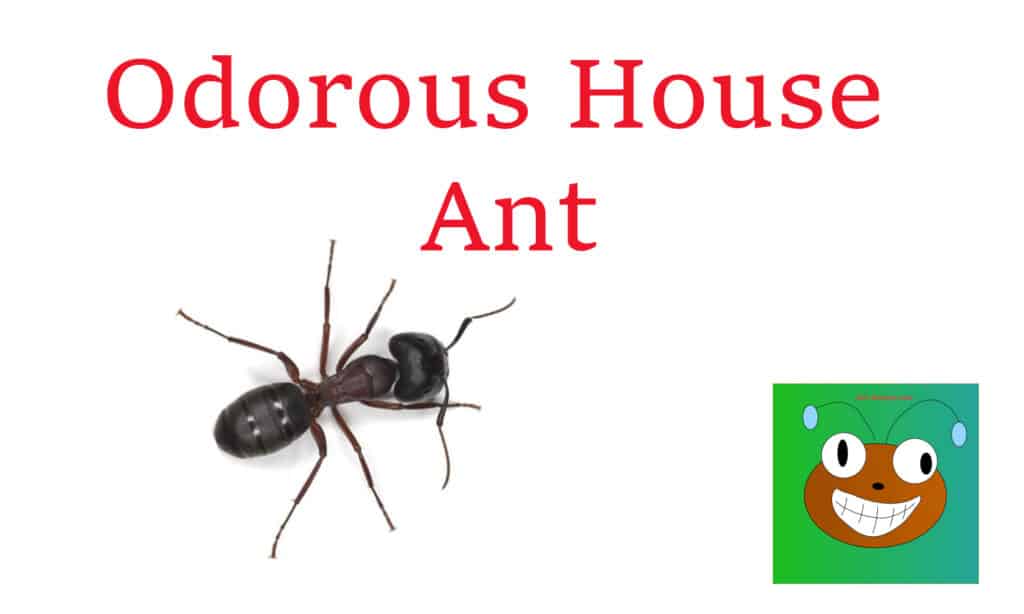Tennessee, located in the southeastern region of the United States, is known for its diverse geography, rich history, and vibrant music scene.
From the rolling hills of the Appalachian Mountains to the fertile agricultural lands of the Mississippi River Valley, Tennessee offers something for everyone.
Visitors can explore the Great Smoky Mountains National Park, take a tour of the iconic Graceland mansion, or experience the lively nightlife of Nashville, also known as the “Music City.” And while Tennessee may not be known for its ants, the state is home to a variety of wildlife and natural wonders, including the Tennessee River, the Cumberland Plateau, and the scenic Natchez Trace Parkway.
These ants listed below would be perfect to start your ant-keeping journey, as they’re well-adjusted to Tennessee’s humidity, water, and temperature!
Types Of Ants In Tennessee
Tennessee isn’t well-known for its ants, but being a “southern” state, it does come with some ants. These ants include Acrobat Ants, Argentine Ants, Carpenter Ants, Imported Fire Ants, Little Black Ants, Odorous House Ants, Pharaoh Ants, and the Tennessee Thread Waisted Ant.
Acrobat Ant
Due to the adaptable way, a worker pulls its belly (gaster) out over the whole frame; these species are called acrobat ants.
The term acrobat ant refers to the ant Market growth-driven ashmeadi (Emery). The average length of acrobat ants ranges from 2.6 to 3.2 mm and is considered small-medium.
Their bodies are glossy and range from pale red or brown to black.
An acrobat ant’s most distinctive feature is its heart-shaped gaster, raised across its thorax when threatened. Coastal pine woods often include an ant nest within every tree in the cavities created by cossid moth caterpillars and pine beetles.

A colony of acrobat ants lives within every tree, fiercely protecting their territory. However, an extensive colony may extend to 2 or 3 pine trees if two or more trees are nearby. The term acrobat ant refers to the Crematogaster ashmeadi.
There are around ten kinds of Crematogaster throughout the southern United States, with Crematogaster ashmeadi being the most prevalent species.
Due to their incredible ability to raise their belly (gaster) over their entire thorax, these species are called acrobat ants for these fantastic acrobats.
The average length of acrobat ants ranges from 2.6 to 3.2 mm, and is considered tiny to medium size ant.
Their glossy spines range in hue from pale red to brown and black.
However, an acrobat ant’s most distinctive feature is the heart-shaped gaster, raised above its thorax when threatened. These ants love to harbor inside trees and crawl all over wires.
One of the easiest ways to spot these ants is by inspecting wires, looking for their waste.
A standard nest may extend over three pine trees if two or more trees are nearby. A colony of acrobat ants lives in each pine, fiercely protecting their territory.
Argentine Ant
An ant that is dominant in northern Argentina, Bolivia, Uruguay, Paraguay, and southern Brazil is called the Argentine ant, known initially as Iridomyrmex humilis.
They have spread to many different regions that have a subtropical climate. The ants can fit through fractures and openings as tiny as 1 millimeter in diameter.
These ants range in length from 1.6 to 2.8 millimeters. The Queens are taller and longer than the worker ants, measuring about 4.2–6.4 millimeters in length.

These ants will establish colonies under the dirt, in crevices in concrete pillars, within boards or timbers, or even amongst the walls in human homes.
Due to their limited capacity to construct deeper homes, they typically build shallow nesting sites in natural settings, usually behind tiny stones or scattered fallen leaves.
Nevertheless, Argentine ants will quickly take up any area, eating and invading all the different types of insects within the same ecosystem.
Carpenter Ant
Carpenter ants got their name because they dig wood to make their nests, creating neat tunnels within the wood.
These ants will only chew and burrow through the wood to build nests; Interestingly, they do not consume wood.
Depending on the species, Carpenter ants’ length ranges from 12 to 25 mm.
Carpenter ants that are black are frequent pests, but these insects can also be all-black, all-red, or all-brown.
When mature, the black western carpenter ants colony has ten to twenty thousand workers.



Incredibly, some big colonies have more than fifty thousand ants.
In most territories, there is only one active, wingless Queen. The colony must be older than two years before the production of swarmers takes place (potential new queens).
Instead, swarmers are produced the year before and kept in the nest during winter in preparation for the ensuing years’ dispersal.
In the east of the US, swarmers arrive from May through August, whereas in the west, they appear from February till June.
Red Imported Fire Ant
Some of the approximately 200 distinct insects in the genera are known as “fire ants.”
Due to their red color, they do not belong to the subspecies Solenopsis Richteri.
Many of the names possessed by each species of Solenopsis are commonly used interchangeably when referring to each other, such as the term “red ant.”
The three body parts of adult fire ants are the skull, the thoracic, and the abdomen, along with three sets of limbs and a group of antennas.
Luckily, this is the same as the anatomy of all other adult insects.
The red fire ant has a golden-brown skull with a dark metasoma (abdomen).
The ants vary in length from 2 – 6 mm and are two colored, black and red.

An easy way to identify a fire ant is by its dark abdomen and contrasting red thorax.
These ants are aggressive, eat anything in their path, and breed at an accelerated pace.
Fire ants can become worker ants in just 15 days. These ants are officially a pest in the United States, consuming over 300 million acres.
Little Black Ant
The little black ant is native to North America.
Known for their lustrous black hue, the workers are 1 – 2 mm long, and the Queen is 4 – 5 mm in size.

A colony may have more than one Queen because it’s a polygynous species.
A nest typically has a few hundred workers, a modest size.
These scavengers, known as Monomorium minimum, can eat anything, including dead insects and bird droppings.
Some of their favorite insects to eat are fall webworm larvae and codling moth caterpillars.
Additionally, they tend to collect honeydew insects like the soybean aphid. Although they prefer to nest on earth mounds, they may scan for other homes with ease of access.
Queens and males execute the nuptial flight, bonding in midair, mostly in summertime.
The males pass away soon after. Every Queen builds a new nest, removes her wings, then lays eggs.
Since this colony is polygynous, expect more queens shortly after. It takes around a month for an egg to mature into an adult.
Odorous House Ant
The worker-odorous house ants are around 3mm long and black to dark brown.

Additionally, they have antennae that resemble a long stick.
Crushed, odorous house ants produce a pungent, rotten coconut-like stench that gives these insects their name.
Odorous house ants build their nests indoors next to moist areas, such as heaters, heater cavities along hot water pipes, under leaking fixtures, and on termite-damaged wood.
Outside, odorous ants are frequently discovered on bare soil or beneath firewood piles. Odorous house ants enjoy eating sweets and particularly enjoy consuming honeydew.
Occasionally, they eat other things, such as pet food or insects. Approximately tri-monthly, they often relocate their nests because of rain.
They create new colonies following mating flights at the end of spring and summer.
Colonies are also split by the budding process, in which a queen leaves her nest with some workers to start a new colony elsewhere.
Pharaoh Ant
Another smaller and at about 2.4 mm (1/16 Inches), and interestingly the males and worker ants are actually the same size (not the Queen).
This ant can quickly become a nightmare if it infests your home, as it can survive even the most advanced household pest control attempts.

These ants will eat everything and are well known for infesting hospitals and other large corporate buildings that offer a cafeteria.
Because these ants don’t need soil or other substrates to create nests, they can infiltrate a building and start building out a home anywhere.
These ants do not care where they put their nest and have been seen nesting in everything from electrical wiring to underground sewage systems.
A unique (and sad) fact about Pharaoh Ants is that they have been caught feeding on the flesh of burn victims and are known for transferring diseases within hospitals.
